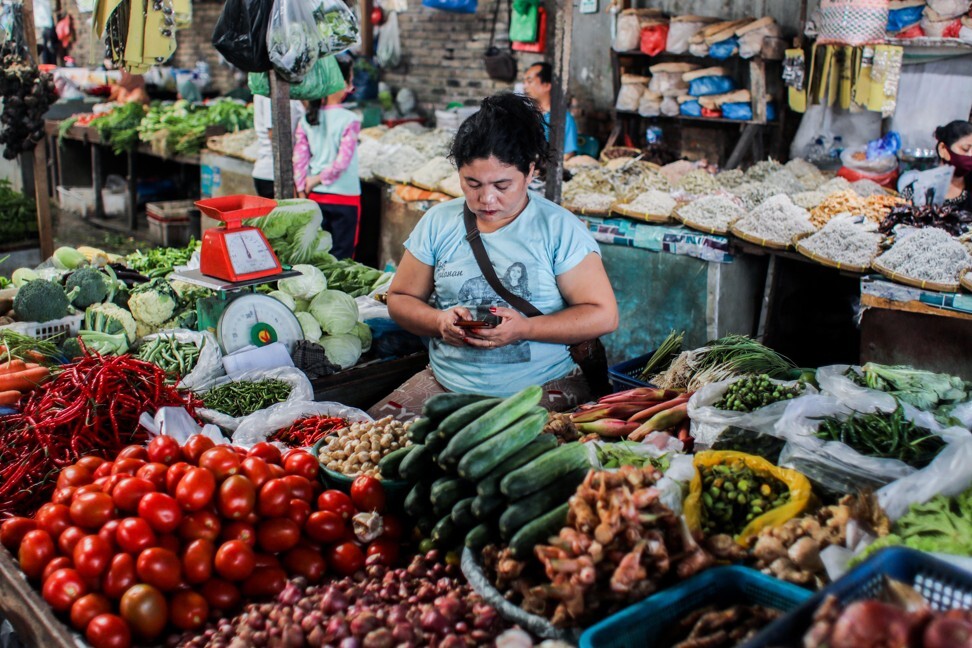
Singapore digital economy reels from travel crash amid Southeast Asian boom
- Its digital economy shrank 24 per cent this year as some neighbours saw double-digit growth, says a report by Google, Temasek, and Bain & Company
- However, the decline is ‘short term’ and Singapore has an ‘important role’ in driving the next phase of growth in the region’s internet economy, the report says
These were among the findings of an economic report launched on Tuesday by Singapore’s state investment firm Temasek, Google and management consultancy Bain & Company.
The report – now in its fifth year – noted that the decline in Singapore’s digital economy was “short term”. It cited how almost 50 per cent of the island republic’s digital economy last year was from online travel, which plunged by some 70 per cent year-on-year.
Aadarsh Baijal, partner and head of digital practice in Southeast Asia at Bain & Company, said the concentration of Singapore’s internet economy in online travel was in part because it was the “most mature sector”.
“It has been large and growing for several years, long before we started to talk about … digital financial services and online video streaming [platforms],” he said.
Singapore Airlines to use smaller aircraft for Hong Kong travel bubble flights
This statistic was also “not surprising” to Rohit Sipahimalani, the chief investment strategist at Temasek, given how Singaporeans love to travel, he said. Earlier official figures estimate that Singaporeans spent some S$34 billion (US$25.2 billion) on international travel in 2018.
But Aadarsh added that the coronavirus pandemic had diversified Singapore’s digital use, pointing to how the e-commerce vertical, for example, recorded a year-on-year increase of 87 per cent. This trend is expected to stay, he said, while acknowledging the growing interest in new frontiers such as health technology.
Singapore would continue to play an “important role” in driving the next phase of growth of the region’s internet economy, said Rohit, adding that the city state was the regional hub for multiple e-commerce unicorns including Lazada Group and Sea.
“Aside from it being the gateway for funding, it also provides a vibrant ecosystem and a pipeline of talented people that will help start-ups to innovate, disrupt and thrive,” he added.
The report, which covers Indonesia, Malaysia, Vietnam, Singapore and the Philippines, also noted that the coronavirus pandemic has led to “big shifts” across the region and brought headwinds, but struck a note of confidence in Southeast Asia’s digital economy.
There were 40 million new internet users this year bringing the total number of users to 400 million, it said, and about 70 per cent of the region’s population is now online. It projected that the value of the region’s internet economy would reach US$105 billion this year, and would surpass US$300 billion in the next five years.
While the pandemic has temporarily set back sectors such as online travel, lending and transport, others, including e-commerce and online media have seen accelerated growth.
E-commerce alone grew 63 per cent to reach US$62 billion this year. This jump was driven by the migration of small and medium enterprises online as e-commerce became the only available retail channel as countries entered lockdown, with the report also noting a surge in purchase frequency among consumers and with more buying groceries online.
Chinese tech firms eye Singapore as part of ‘China Plus One’ strategy
There was also greater adoption in nascent sectors that this year’s report had particularly looked at, such as health technology and education technology. It pointed out that digital health apps were used four times more than before the pandemic, while leading education apps were used three times more.
But even as online travel remains one of the worst hit, the report said that there are now signs of recovery. Particularly, search volumes for staycations have surged as governments ease their coronavirus-stem restrictions, it said, projecting online travel to bounce back in the next five years.
Stephanie Davis, vice-president of Google Southeast Asia, said that the region’s digital economy has held steady, against the backdrop of a global pandemic, and that researchers are not pulling back its forecast on how the region would perform in the next five years.
“We remain optimistic about the region’s internet economy and its potential, and with its use, its diversity … we believe that the region will go on to define the future of digital ecosystems,” she said.



